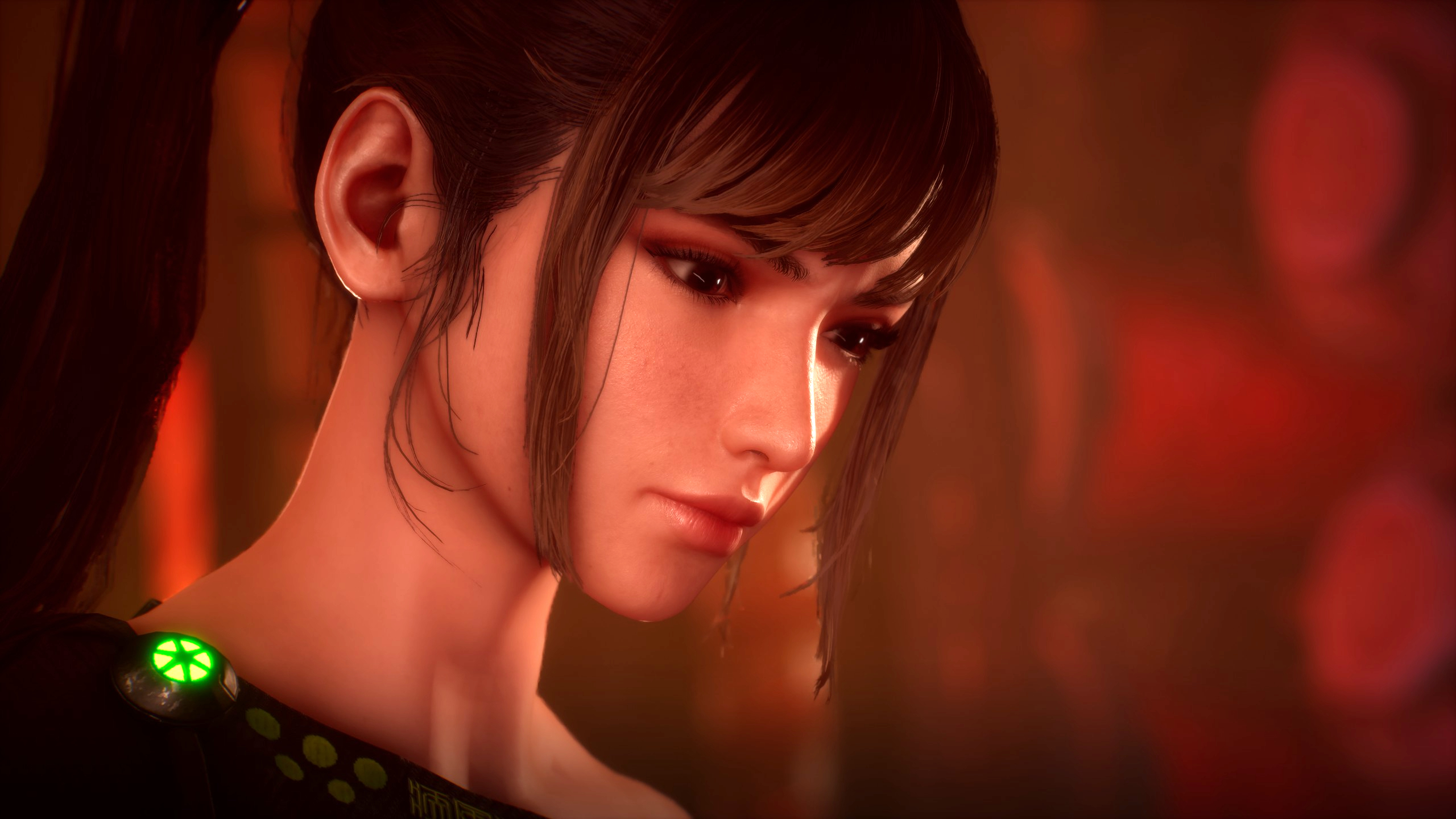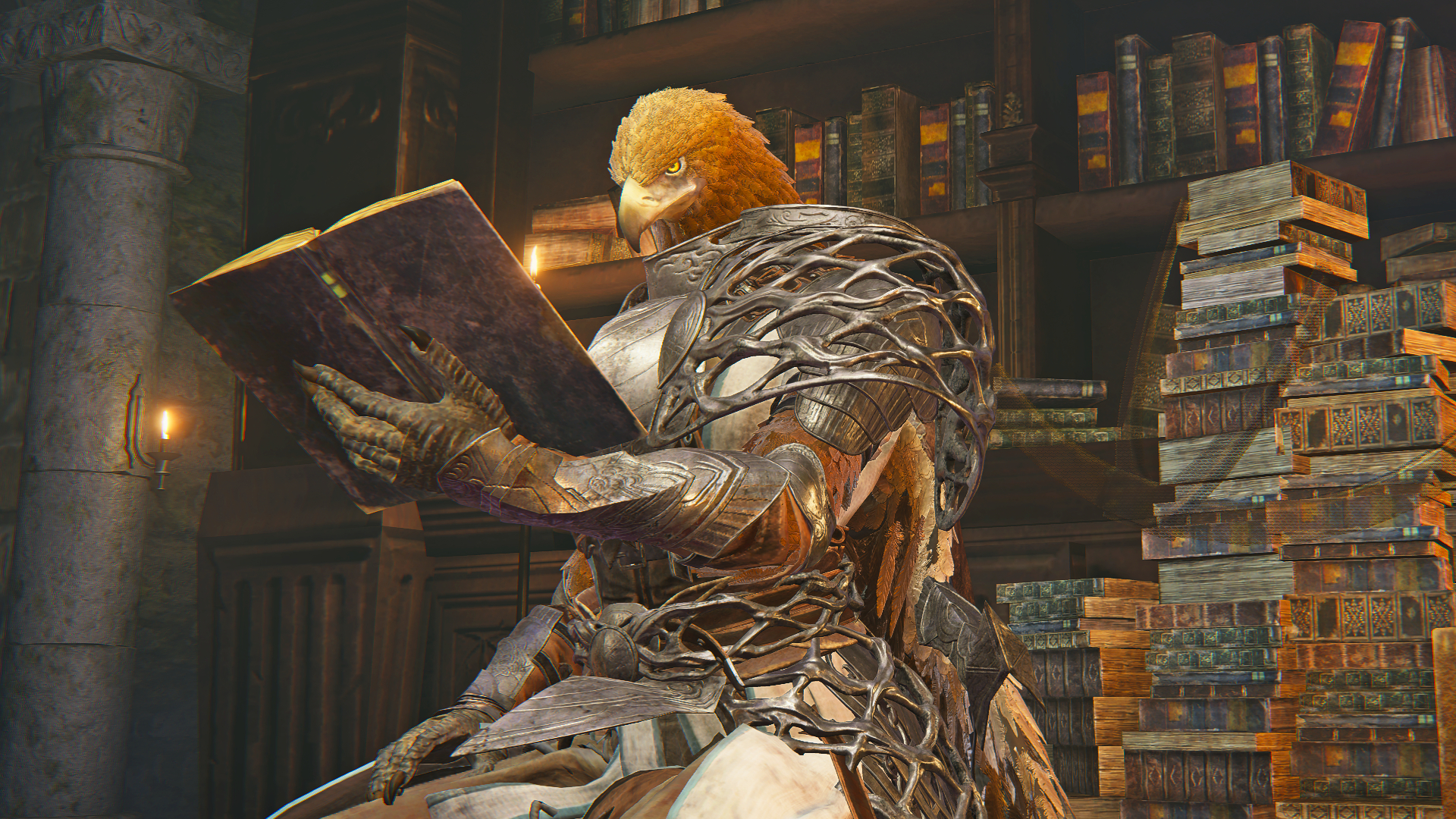
Princess Peach: Showtime! Review
If Captain Toad tracks treasure, Luigi goes after ghosts, and Wario makes money off his microgames, what would Princess Peach do in a spinoff of her own? Princess Peach: Showtime!’s answer is that she can do pretty much anything! One moment she’s a superhero, saving the world from an alien invasion as the epic Mighty Peach. The next she’s in Disney On Ice, with Figure Skater Peach’s elegant routines and synchronized skating. That constant variety and delightfully original stage play aesthetic help lift Showtime up, even when its otherwise simple gameplay and inconsistent performance could have used a few more rehearsals before opening night. Princess Peach’s first solo outing in nearly two decades may not earn a standing ovation, but I still had a nice time at the show.
Showtime! takes place entirely within the Sparkle Theater, a can’t-miss destination for thespians and theatergoers in the Mushroom Kingdom. Apart from the pair of Toads that accompany the Princess on her quickly-disrupted vacation, Showtime forgoes everything else familiar about the world of Mario, replacing the (arguably overused) Goombas, Koopas, and Shy Guys with new antagonist Grape and her wicked Sour Bunch. While the Sour Bunch and the Theet – the friendly inhabitants of the Sparkle Theater – feel a little bit generic, it’s refreshing to see a Peach-focused adventure entirely removed from the main series’ trappings of Bowser kidnappings, flagpoles, and Super Mushrooms. Nintendo has given Peach ownership of something wholly original in the same way that Luigi’s Mansion gave Mario’s brother his own identity, and I sincerely hope this is just the start of an ongoing series for our Princess.
Showtime! Excels in its admirable commitment to that stage play look and feel. Every level really leans into the idea that this whole adventure is taking place inside a theater, and the results are incredibly charming and memorable. A spotlight is always shining on Peach, which looks especially cool during levels that take place at night; all of the backgrounds look like handbuilt wooden sets you’d see in a high school play; some enemies are held up by puppet strings; and sometimes the whole stage rotates 180 degrees to give the illusion of entering a brand new room without the camera angle changing. These delightful touches make Showtime! a joy to play through even when the things you’re actually doing on that stage aren’t always as compelling.
Nintendo is clearly targeting a younger audience here. Peach can take a whopping five hits (or eight, if you equip the optional Heart Charm that is available from the very start) before getting a game over screen, puzzles, platforming, and combat are generally very simple, and the basic control scheme primarily relies on just two buttons. I failed only one time throughout the entire adventure to a mildly challenging late game boss, but nail-biting difficulty is far from the point here. Instead, it feels like Showtime is designed to let you try out a ton of different video game genres in one straightforward, kid-friendly package, and it mostly succeeds at that.
Transformers: Princess Peach in Disguise
Across Showtime’s roughly eight-hour campaign, you’ll find multiple stages for each of Peach’s 10 transformations. Nintendo is really good at picking the right character to pair with a new concept, and this character is an awesome choice to play these different roles. Her costume design is great for each and every one, from the Zorro-esque Dashing Thief to the classic investigator look of Detective Peach, and it’s fun to see her do brand new things we haven’t seen in a Mario game before. Every transformation introduces its own story told across three acts, new abilities, and unique set design and music that fit the transformation’s vibe. Despite every level taking place in the theater, the locations all manage to feel distinct from each other, meaning Showtime never feels repetitive as you switch between them.
Your favorite transformation is probably going to depend on your preferred game genres, and that’s a credit to how well Showtime! streamlines recognizable ideas for beginners. I’m a massive Ace Attorney fan, so naturally I loved solving mysteries as Detective Peach where I got to examine crime scenes for evidence and call out witnesses on their lies – I was never stumped by the mystery or shocked by an unexpected twist, but it was fun to see an incredibly simplified version of a genre I know so well. Ninja Peach puts a fun spin on a stealth game, as she holds up wooden disguises to blend into tall grass and breathes underwater using an adorable bamboo chute while she tiptoes around and sneak attacks her enemies.
I also had a great time baking desserts as Patissiere Peach, where it’s a race against the clock to decorate cakes as accurately and efficiently as possible to get a high score. Other highlights include grapple-hooking around a Mission Impossible-like heist as Dashing Thief Peach and playing out a classic wild west chase as Cowgirl Peach. Again, none of it’s very challenging, but the simple nature of it all makes it easy to constantly swap gameplay styles without having to remind yourself of complex control schemes or combos. For those who want to master a specific transformation, Rehearsal challenge levels ask you to defeat a certain number of enemies in a limited amount of time without taking a hit, offering a nice bit of added optional difficulty if you’re looking for it. I’ve tried each rehearsal stage multiple times, and I still don’t have the gold trophy in all of them yet.
Not all transformations are created equal, though, as I did not enjoy the Mermaid Peach sections, which culminate in a rhythm game that just doesn’t control very well. The five combat-focused transformations can sometimes blend together, too, especially with the pushover enemies, so I was a much bigger fan of the less button-mashy sections that instead centered on cake decorating, figure skating, or investigating.
Great boss design is one of Showtime’s strong suits.
Great boss design is one of Showtime’s strong suits, whether it’s foes waiting at the end of individual levels or bigger bads Peach must face to restore each floor of the Sparkle Theater. The first Swordfighter Peach level wraps up with a fight against a giant plant right out of Little Shop of Horrors, and one of the more memorable boss encounters had me hiding behind walls to stay out of sight of a giant snake on the prowl. Kung Fu Peach’s levels end in one-on-one brawls that are pretty much just quick time events, but they’re certainly fun to look at.
I love the levels where a new transformation is first introduced: Peach arrives at the scene of a new play – either in her iconic pink dress or one of the many cute variations you can buy at the theater gift shop – and is quickly familiarized with the setting, characters, and conflict of this new story before becoming its hero. These moments successfully capture the feeling of a prologue, and it’s another way Showtime perfectly plays into its theatrical setting. Much like a real play, each transformation’s second act is generally shorter and quicker to the point. No transformation overstays its welcome, and if anything, I wish there was an additional stage for each costume to extend the runtime a bit further.
Like most Nintendo platformers, the main way to squeeze more out of the adventure is to go for 100% completion, and Showtime! sadly stumbles in this department. The best Nintendo games have a range of difficulty, where they’re easy for players of any skill level to get through, but tougher and more rewarding for advanced players who want to search every nook and cranny for secrets and collectibles. To its credit, Showtime! is packed with shiny things to find, as each level has a handful of Sparkle Gems and cosmetics to track down. On my initial playthrough, I missed one thing or another in at least half the levels, so there’s a lot I could go back to look for. Unfortunately, I honestly don’t want to, and that’s disappointing to me as someone who typically loves to fully complete Nintendo games like Super Mario Bros. Wonder, Captain Toad, and Yoshi’s Woolly World.
It’s because the levels in Showtime are fairly long, often reaching the 10-minute mark, with unskippable dialogue and cutscenes that interrupt the action. These flourishes are enjoyable the first time I watched each performance play out, but it’s not a great way to encourage repeat visits. I’m not interested in playing through an entire 10-minute segment again just to reach the 30-second portion where I missed a single collectible. That’s especially true compared to something like Wonder, where it’s a breeze to jump into the bite-sized levels to grab that one flower coin I missed. Showtime could have hugely benefited from a chapter select for its longer stages, because as it stands, I don’t see myself completing everything this time.
I also hoped Princess Peach: Showtime! would be the tentpole Nintendo Switch game for 2024 that would distract from the endless speculation about new hardware, but sadly, it instead serves as a stark reminder of why so many people are ready to move on from this beloved but aging console. The graphics simply don’t always look that great, especially compared to other gorgeous Switch games starring Mario and friends like Wonder and Luigi’s Mansion 3. Peach herself often looks blurry, and the inconsistent framerate really pulled me out of the action at times. Framerate stutters are most prevalent during cutscenes or moments with lots of action, and the performance fails some of Showtime’s most exciting bits.
I never found these issues to be detrimental to the gameplay itself, but it’s jarring how choppy the results screen can be at the end of a level, and even the loading screens chug incredibly hard when you’re transitioning from the lobby to the stage. Plus, the sound when Peach jumps is also weirdly crunchy and compressed sounding, almost to the point where I wonder if it’s going to be updated after launch. None of this is a dealbreaker for me – although I’ve never been a big stickler for performance – but it’s definitely a disappointing distraction.






